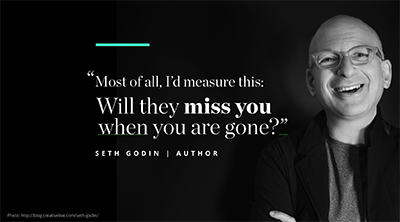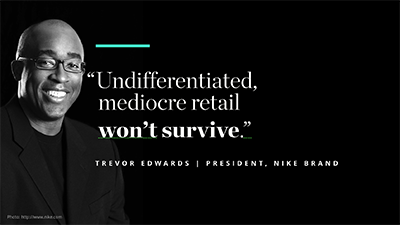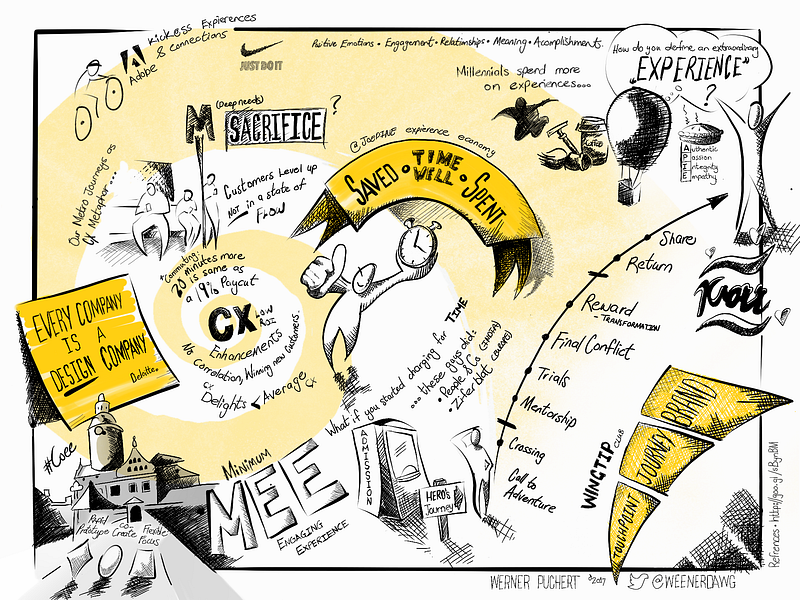Displace ‘Sacrifice’, serve ‘Transformation’
Displace ‘Sacrifice’, serve ‘Transformation’
Who uses public transport regularly? Fun fact, did you know that for many commuters, adding 20 minutes has the same emotional impact as a 19% pay-cut? In many ways, our public transport system is an excellent metaphor for the current state of customer experience (CX) today.

Ever notice how disengaged passengers are? Aforementioned is in stark contrast to transport operators across the globe who invest time, resources and money to fix passenger pain points, creating new applications such as digital ticketing solutions, extended service hours and new stops to improve the service experience. However, once introduced, appreciation turns into sub-conscious acceptance as passengers get used to it.
A similar pattern is emerging in CX according to a recent report. Companies making a concerted effort to activate CX enhancements throughout their customer journeys have been unable to credit any of their activities with a meaningful return on investment (ROI)*, especially when it comes to luring in new customers. Another conclusion states that enhancing CX low points to “acceptable” rather than “delightful” level yield a better financial return.
These transactional ‘enhancements’ fail to consider customer-sacrifice. Returning to the metaphor for a moment; passengers have no alternative but to accept the factors over which they have no control, timetables, seating availability and overcrowding. Zooming out even more, consider the fact that for some passengers the commute represent lost time with loved ones or a journey to an unpleasant, stressful destination.
Even with the best intentions companies can’t, and in some cases should not even attempt to, address these sacrifices. Truly listening and acknowledging that a combination of factors rather than a single isolated interaction effect customers are essential when it comes to shaping true empathy driven customer-centric experiences.
B. Joseph Pine II and James H. Gilmore, explore ways to connect with customers in a more profound and meaningful way. They introduce the idea that customer engagement is evolving from streamlined services to meaningful experiences.
The text goes into detail, but Joe Pine (who I was lucky to meet recently) introduces the concepts of Time well saved and Time well spent which neatly captures a large part of their theory.

Simpler, better, faster; Time well Saved
Transactional Customer Experience, or “Time well saved” refers to the context of most CX efforts, and it makes sense for touch-points where efficiency and speed are the benchmarks. However, over-optimisation leads to a decline in meaningful engagement between brands and their customers; to such an extent they are running the risk of becoming completely transparent, commoditised.

Why is this important? The answer perhaps in this rhetorical question from the well-known author, entrepreneur Seth Godin, “Will they miss you when you are gone?”
The money will follow the Experience and perhaps, the meaning. Millennials are commanding a more significant chunk of the total global spend, and it’s important to recognise that a considerable percentage of this generation value memorable experiences above all else.
We can already see this happening in our local markets with the rise of artisan offerings and the growing appreciation from customers for the experience they offer.

As for big brands? Nike Brand President Trevor Edwards didn’t mince words when he said, “undifferentiated, mediocre retail won’t survive,” adding, “we will be shifting away from this over the next five years.” An interpretation of Edwards statement may symbolise a decisive victory for eCommerce, but I believe this to be a direct challenge to retailers to move beyond conventional physical retail towards shaping experiences.
Time Well Spent
Considering “time well spent”; Transformational Customer Experience and the shift towards meaningful interactions where brands and customers engage in mutually beneficial exchanges of value.
Impossible? People & Co in India optimised their lunchtime buffet charging guests for the time they spend in the restaurant, not the food. Ziferblat, a European coffee chain, where everything is free; except for the time you spend with them. With this mutual value exchange, ‘experience’ is built right into the core of the business model. Very exciting, but what about large established companies?
To transcend enterprise-silos the seed of ‘Transformational Customer Experience’ will only germinate once it finds soil consisting of the right mix of Brand, Customer and Employee Experience.
With scale comes complexity and a steeper challenge but with a Minimum Engaging Experience (MEE) approach meaningful results can be achieved. One of many examples; Ben Rabner, Adobe Marketer, first thought of the ‘Adobe Cycling Program’ when he and a business partner decided to have a business meeting during a cycle experience, rather than in a formal B2B setting. The program has since grown into a fully fledged initiative within Adobe blurring the lines between personal and business relationships.
In can be a trap, be careful. Sprinkling irrelevant, siloed delight-gold-dust will further confuse and annoy customers and send you right back to where this text started. MEE refers to the nurturing of relevant, holistic experiences within the context of brand-ecosystem with a focus on adding value rather than creating additional friction.

The quest for meaning
I hypothesise that Transactional CX (Time Well Spent) satisfies the “How” which is finding better ‘solutions’ for existing problems. Transformational CX (Time Well Spent) is rooted in “Why” which relates to understanding and reacting to what an experience means to a customer.
Let’s displace customer sacrifice and serve customer transformation.

